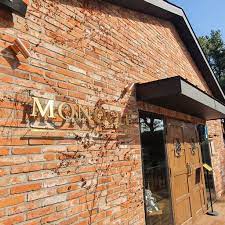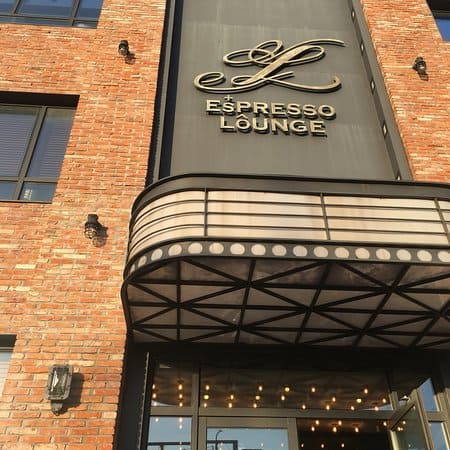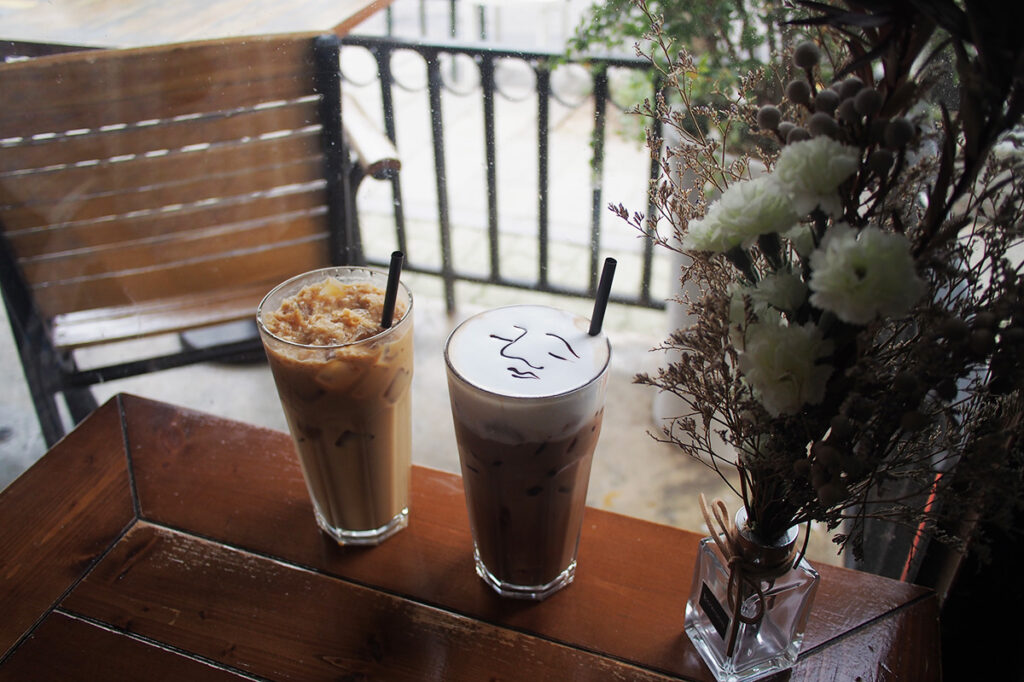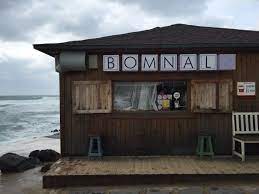Sometimes, life will plop you in the middle of a place you never expected to be.
Amidst the pandemic, I’ve been stuck on Jeju-do, an island off of the southern coast of South Korea. It’s been…more fun than it would have been to be stuck in the United States, I’ll say that much. South Korea is one of the safest places in the world, and this is especially true on this island of 600k people in the middle of Southeast Asia.
Jeju has a saying, roughly translated of course: “Jeju culture is built upon wind, women, and statues,” which is completely true. If I had to sum up the gist of this island in five words, it would be these: fish, oranges, cafes, nature, and statues.
For those of you who also have oral fixations, and are suckers for top-quality views, here’s a taste of the ‘travel and tourist’ part of what goes down here.
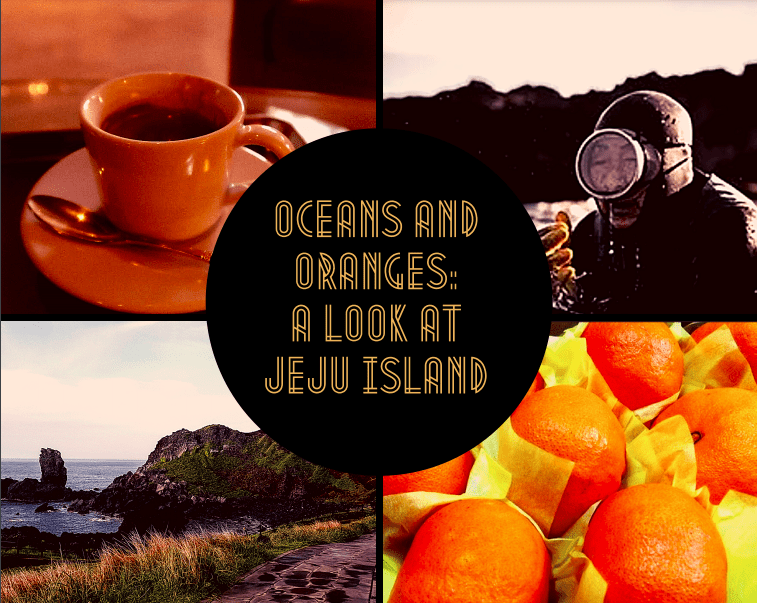
Oceans and Oranges: A Look at Jeju Island
One Fish, Two Fish, Red Fish, Haenyeo
Ah, seafood. The vegetable of meats.
Jeju has more than enough to go around, and it’s not just the big, ugly ones. Abalone, urchins, and octopus are delicacies, the moneymakers. They’re also extremely hard to catch. Who catches these premier seafood, you might ask?
Tiny old ladies with the lung capacities of blue whales.

Haenyeo divers are some of the integral figures of Jeju history. They were the primary breadwinners of their families before the Japanese invasion of Korea, and there’s a rich culture surrounding chiefs, shamanism, and Korean teenage girls learning to dive in billowing white dresses.
There’s an excellent book (in English) noting that has aspects of haenyeo culture. It’s not 100% accurate, but it’s a good start for insight into how the culture works. Would recommend it for those that love a well-told tale.
Vitamin C
This island has a love affair with oranges.
The whole island smells like an air freshener in the best way. Tangerine fields dot the landscapes and litter the ground in the countryside, and it’s hard to go anywhere without someone shoving tangerines into your hands or leaving bags of them for the taking.

Plus, they use the tangerines for more than just peeling and eating. There are juices, candies, and beauty products that use Jeju tangerines, and they’re one of the most popular gifts to give around the holidays. My favorite way to take oranges is in hallabong (another word for “big-ass orange”) tea, which is sweet and rich, much like winter mulled wine.
It’s also not uncommon for me to find a fat bag of oranges on my desk at work. One of my friends actually lives on a tangerine farm out in the countryside. She eats so many oranges in the winter that her hands are stained orange.
You get the point. To sum it up, Sunny D needs to check itself.
Coffeeshops Out the Wazoo
For an island of 600k people, there are so. many. coffeeshops.
The numbers are in the thousands. Some folks may think of South Korea and associate it with tea, but coffee is seen as an exotic drink, hence the massive amount of places to get it. Plus, the number of high-quality roasteries makes coffee at home a more elevated experience.
One thing this island also does exceptionally well is capitalizing on those sweet, sweet aesthetics. Every coffee shop, no matter how modest, is gorgeous and thoughtful in every detail. If the location is lucky enough to have a window, that window is used and abused for content.
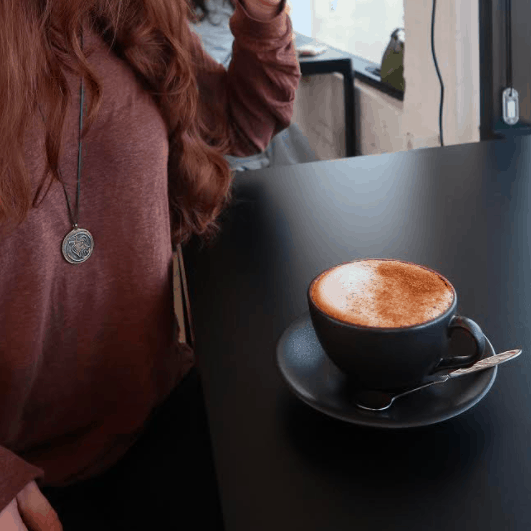
This is my top twelve list of coffee shops. Yes, there are twelve. My Instagram algorithm has a field day with me, as you might imagine. Enjoy this list that took me way too long to make:
WOW, it was hard to make that list. I had to narrow it down from like, thirty places. Photos coming soon, I gotta visit them all again, UNFORTUNATELY. *cue sarcastic eye roll*
Olle, Olle Olle Olle
How dope would it be to say that you’ve walked around an entire island?
The Olle trails let you do just that if you have the time and energy to hike 475 km and take three ferry rides.

There are 23 hiking trails around the island, and three mini-paths on islands just off the coast. They’re not hard to knock out, as most of them go through cities and neighborhoods with public restrooms. Some of them take about an hour, and some take as many as seven, but with so many amenities nearby, taking a break and grabbing snacks and drinks is part of the journey. It’s an excellent way to dig your heels into the essence of the island’s tangerine farms, local hideaways, and non-tourist attractions.
Plus, there’s a 99% chance that someone will hand you a free tangerine on your hike, or in our case, ninety thousand free tangerines. There is no way I will have a vitamin C deficiency after my time here is up.
Jeju’s guardians
A quick word about the statues, as it would do this place a disservice not to mention them.
These cute li’l guys are carved from volcanic rock and are also known as the “stone grandfather statues” or “dol hareubang” (돌하르방). Just like the famed Easter Island statues, the origin is a mystery. They stand guard over the island and ward off evil spirits, and they also double as *ahem* fertility statues. The legend says that anyone who rubs a statue’s head is likely to give birth to a son.

Just like the oranges, they’re EVERYWHERE. It’s like the Elf On The Shelf had a conversation with these statues and decided to haunt every flat surface on Jeju. I can’t walk down the street without tripping over at least one and considering what I just said about fertility, I’m actively not trying to touch them.
Part of Your World
To see more of what this gorgeous place has to offer, I partnered up with Jeju Tourism Organization to deliver snippets of Jeju life. You can read them here, and check out other drool-worthy photos on their website. South Korea is a cautious place during COVID times, so when it’s safe, it’s more than worth the visit.
We love having you here.


